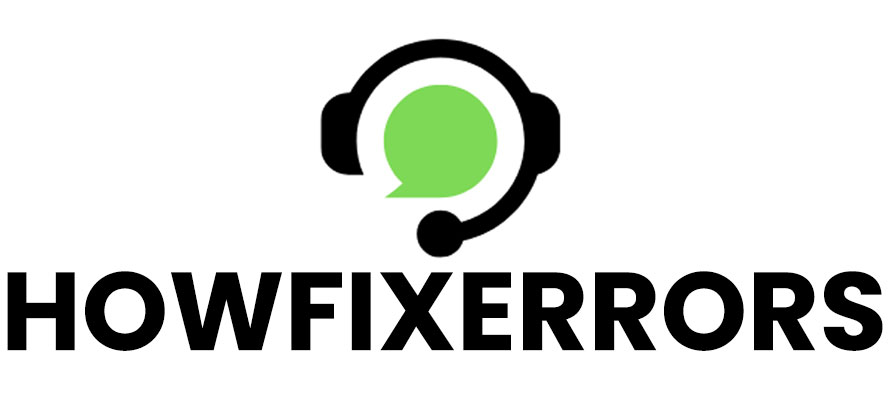What Does a Returned Check Means in QuickBooks?
A returned check is a check that you receive from your customer that is directly returned by their bank. This kind of situation commonly happens when your bank account doesn’t have enough funds to pay off the check amount. A returned check is popularly known as the ‘Bounced’ check in the world of accounting.
Generally, a bounced check requires immediate action as it will spoil your market goodwill. Along with that, you need to make several adjustments in your books of record about the bounced check.
Bounced/Returned Check in QuickBooks
It is important to make adjustments in your QuickBooks account when a check bounces. In QuickBooks, the balance will shown overstated as it treats the ‘check’ amount as deposits. So, you need to enter the accurate bank balance so that your QuickBooks account balance and your bank balance will correctly match up.
Also, you need to pay off the amount to the customer from which the check is returned. Additionally, you need to pay the interest charges that are levied by the bank of the customer. Recording a returned check in QuickBooks is a complex process and requires additional steps. As QuickBooks doesn’t provide the feature of recording a returned check, you have to do it manually.
Also Read: QuickBooks Unscheduled Payroll and Method to Create it
Steps to Record a Returned Check in QuickBooks
Below are the steps that help the users to record a returned check in QuickBooks:
Total Time: 26 minutes
-
Step
First, you need to record the reduced amount in your bank balance.
-
Step
For doing this, go to the ‘New’ button in the top-left menu bar.
-
Step
You will see the ‘Vendors’ drop-down.
-
Step
Under the drop-down, click on the ‘Expense’ option.
-
Step
The expense entry has increased the Account Receivables and reduced the bank balance.
You will see the following details:
➤ Payee: The customer whose check is returned.
➤ Payment account: Bank account from where the check is returned.
➤ Payment date: Date when the bank notified you about the returned check.
➤ Amount: Amount of the returned check.
➤ Payment method: Cash as the payment method.
After that, click on the ‘Save and Close’ button.Note:- Remember, do not delete the Entry of the original invoice. This will lead to problems in Reconciling your bank account balance with your QuickBooks account balance.
-
Step
Now, open the original invoice.
-
Step
Mark the invoice as ‘Returned or Bounced’ and send it back to the customer.
-
Step
Go to the ‘Sales’ option in the top-left menu bar.
-
Step
Move to the ‘Customers’ tab.
-
Step
Scroll to the bottom to look for the customer whose check has been returned.
-
Step
After you find that customer, click on their name.
-
Step
This will open the list of transactions of that customer.
-
Step
From the list of the customer’s transactions, move the original invoice and payment that is originally received.
-
Step
You will notice that the paid check transactions are marked ‘Paid’ in the green option.
-
Step
The returned check transaction is marked as ‘Closed’ in green color.
-
Step
Click on the ‘Closed’ option and this will open the details of this particular transaction.
-
Step
After that, you need to re-open the invoice.
-
Step
For doing this, un-checkmark the box that is located on the left-hand side of the invoice.
-
Step
On the other hand, check-mark the box to the left of the check that was made first.
-
Step
Click on the ‘Save and Close’ green-colored button.
-
Step
Now, you need to record the NSF (Non-Sufficient Funds) fee that is charged by the bank.
-
Step
To record this fee, you need to create a ‘Service Item’ that will mark and bill the fee accurately.
-
Step
Go to the ‘Sales’ tab from the left menu bar.
-
Step
Select the ‘Products and Services’ option.
-
Step
In the window of products and services, click on the ‘New’ button display as in the green-colored option.
-
Step
Enter the information about Products and Services.
-
Step
After that, click on the ‘New’ option.
-
Step
In the first column of ‘Customers’, select the ‘Invoice’ option.
-
Step
This will open a new invoice screen.
-
Step
In the ‘Billable Expense’, Click on the ‘Add’ option.
-
Step
Enter the NSF fee amount and details.
-
Step
Click on the ‘Save and Send’ option.
Also Read: Add a Bank Account in QuickBooks
Also Read: How to Void a Check in QuickBooks Online?
In Conclusion:
Hopefully, the above-given information is useful for you to get rid of this problem. But if you are still facing any issues with your software and need professional assistance, regarding accounting, bookkeeping & accounting software-related issues then feel free to get in touch with Certified Experts at +1-860-325-4922. The USA-based ProAdvisors will provide all sorts of assistance related to the software 24/7.


